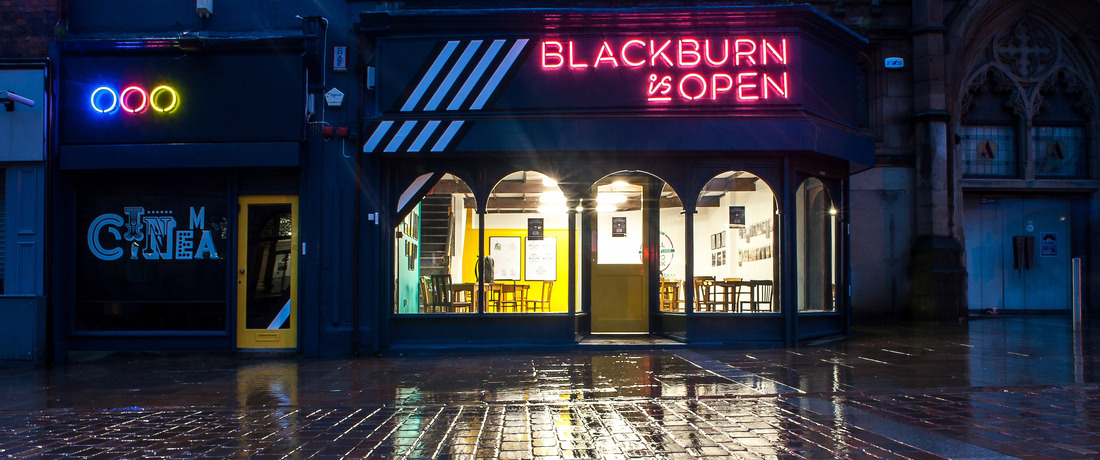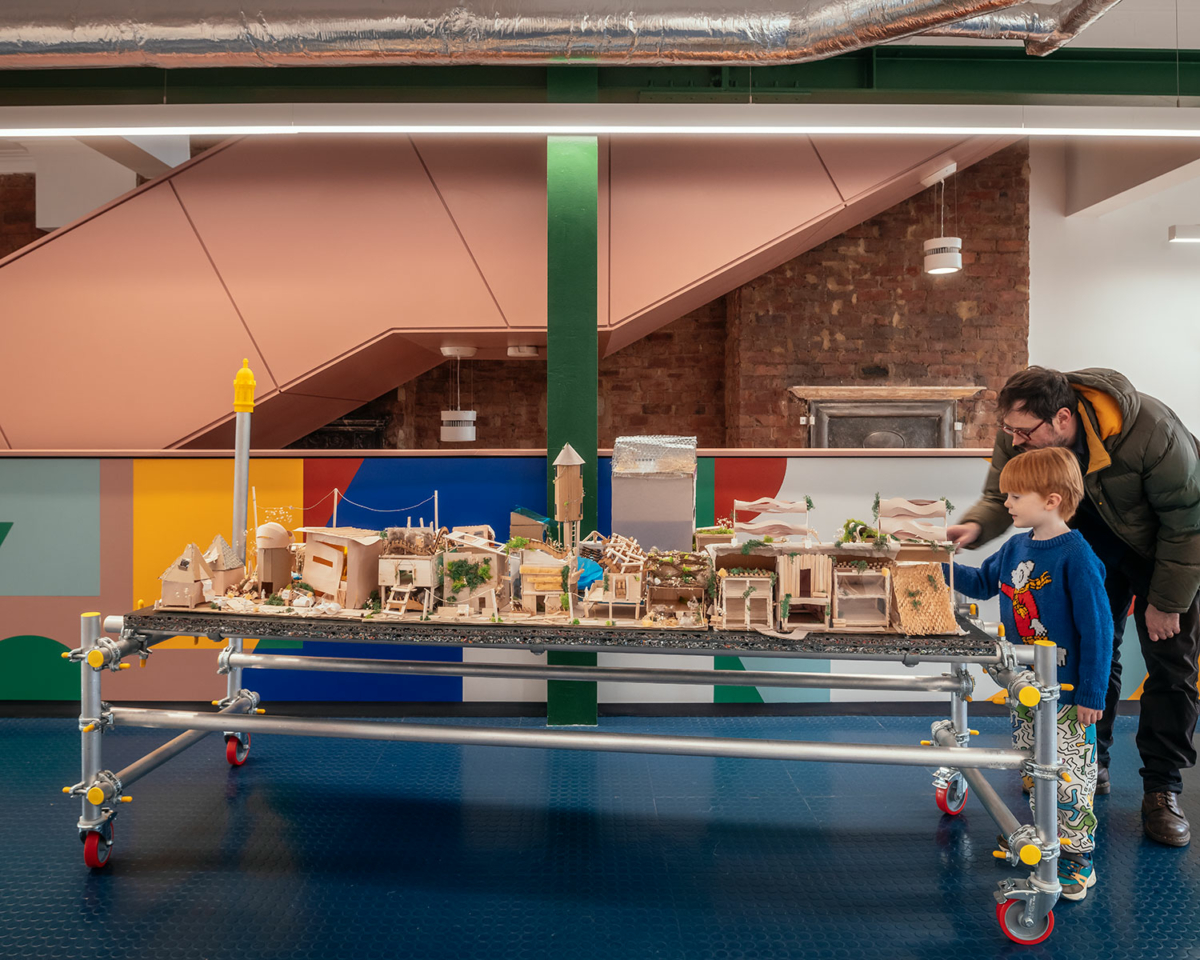Get updates from The Developer straight to your inbox Yes, please!
Urban rooms for improvement: We need more of them

Harriet Saddington is an architect and writer, who works with micro to large architecture practices and developers, helping them to shape
......You may think you’ve been to an urban room but chances are you are thinking of a space for public consultation. Urban rooms are about place but they are not sector specific, or choreographed by developers. They are a space for people to come together to create a future for their local area – creatively, equally, and openly. In 2014, the independent Farrell Review for the Built Environment recommended that every town and city centre should have an urban room.
An urban room is a physical space but can take many forms - from a vacant highstreet shop to a milk float or a tree house; a collection affordable furniture to a shipping container. Ideally, they are located centrally to the communities they service, even in a car park, a supermarket foyer or a public square. Some are open for a short stint of weeks (Church Street, Westminster), others operate for years (Folkestone) or pop up as a pilot and return as a permanent fixture (Croydon).
Ten years on from the Farrell Review, we are still a long way from every centre having one - with eleven live, nine upcoming and fifteen pilot/previous urban rooms. But these statistics do not reflect the commitment of those making them happen.
The Urban Rooms Network, formed in 2015, has produced a "toolkit" covering everything from funding to activities. But acknowledging that there is not a one-size-fits-all model and that establishing and maintaining an urban room is an evolving and site-specific process, Urban Rooms Network chairs Carolyn Butterworth and Diane Dever followed up the toolkit with a "roadshow". They visited places across the country, sharing knowledge and brainstorming how to ensure urban rooms connect with local initiatives while also building customised roadmaps for their implementation.
Having a place to debate your area’s future is not a new concept, witness 1970s urban study centres and millennium architecture centres. But this new wave of urban rooms is different. They are intentionally neutral, open-door, jargon-free, decentralised spaces, claiming a role as "honest broker". Embracing a creative approach, they are intended to tackle local people’s belief that they are powerless in the top-down planning process.
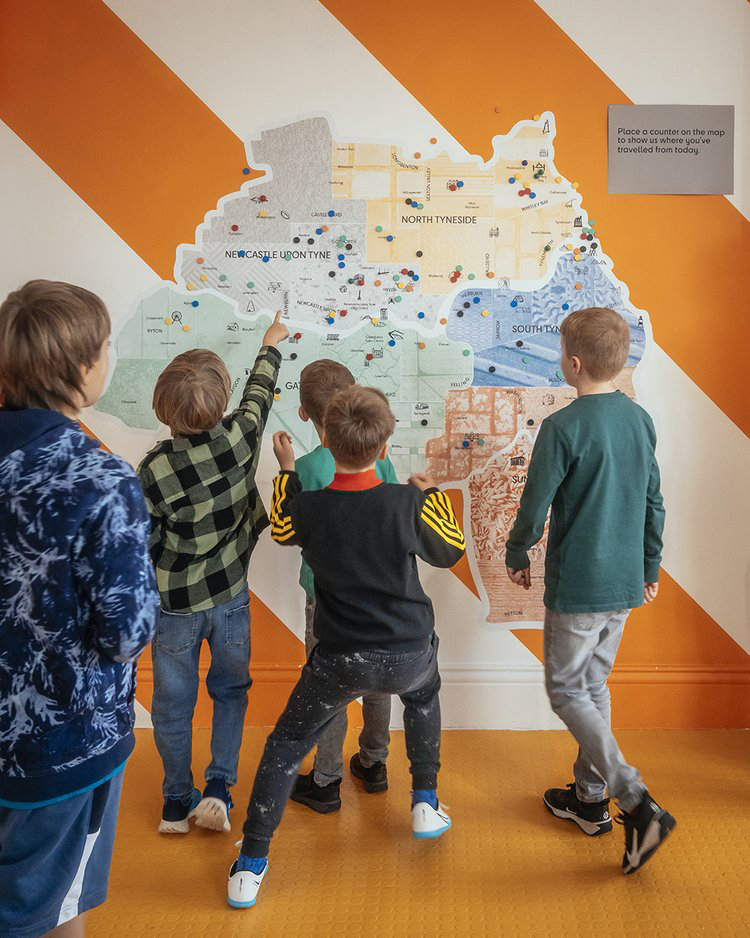
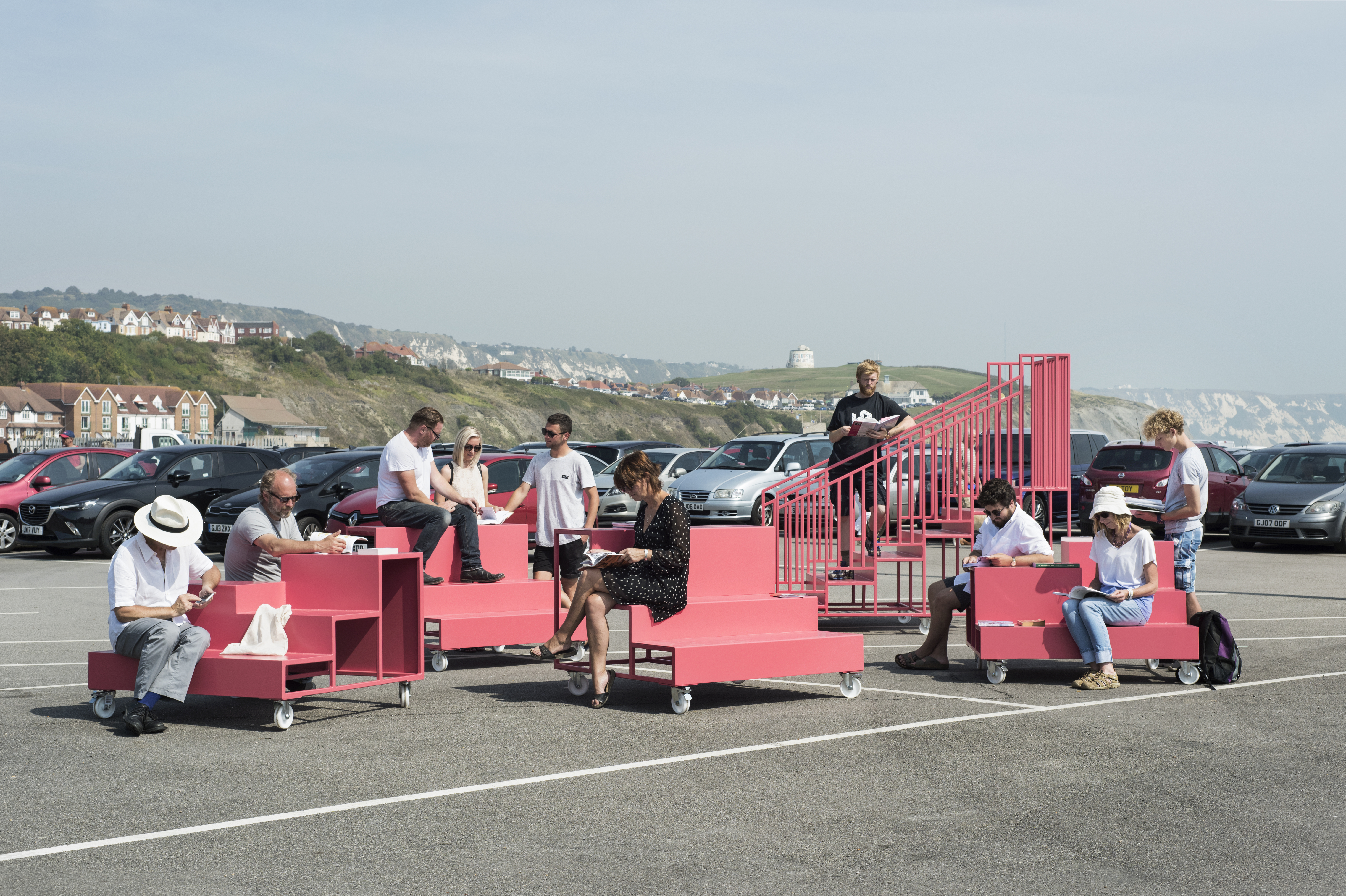
A unique feature of the UK urban room (unlike those found in other countries) is that it is not defined by one sector’s agenda or funded by a single-interest group. This capacity for constant reinvention - and appeal to multiple funding pots - helps secure their longevity. Folkestone demonstrates this with its eight-year old urban room, now in its third location at the former tourist office.
It has been masterminded by Dever, who comes from an arts background and has a creative approach which has seen the centre thrive, attracting multiple funding pots and a diverse audience. Most recently it was a nightclub for a month (the town lacks one), and now it supports varied functions alongside its urban room day job, hosting male mental health sessions, skater groups and international artists.
Dever recognises that in an area of regeneration such as Folkestone, the centre’s activity must be constantly refocused to ensure no one audience is favoured. As the advice in the toolkit highlights, audiences for an urban room aren’t a generalised "the community" but layers of specific connections with local individuals and groups, which in turn bring in new diverse audiences.
They may go in to discuss one thing and come out having debated another. Art helps. "Art points; it can’t solve;’ says Dever. "Artists have a way of breaking down barriers, getting people to cross thresholds. People don’t realise they’re necessarily being invited into a dialogue around place until they’re through the door." In Folkestone, multidisciplinary practice The Decorators designed bright pink moveable furniture and stages that identify the urban room as it moves locations.
“People through the door is one measure of success or impact but it’s not the only one. We’re also interested in the level of engagement that we’re making with people and what counts as a visit. Ultimately, we exist to effect positive change in the built environment and a fundamental challenge is working out how we begin to measure that"
This kind of iconic, aesthetically recognisable branding is important for collective awareness and familiarity with the role these rooms serve. The interior of Newcastle Farrell Centre’s three urban rooms (named Plan, Build and Participate) were designed by architect Mat Barnes of CAN, who has brought playful humour through repurposed construction furniture. Twists like 3D-printed ornamental oriel windows replace ordinary scaffold caps on the seats, hazard stripes mark signage and torn-edge plasterboard panels impersonate Rosetta stones.
Farrell Centre director Owen Hopkins says they are "spaces that have the capacity to change, with a provisional quality that is of the city, outside and inside". Here Little Builders soft-play and events like Tea at 3 (pm) or talks on low-traffic-neighbourhoods (a hot topic bringing in over 100 people) encourage a spectrum of conversations.
When asked about the rooms’ success so far, Hopkins says: "People through the door is one measure of success or impact but it’s not the only one. We’re also interested in the level of engagement that we’re making with people and what counts as a visit. We have people who come here and spend an hour of their time, who are regular, or bring their kids every week. Ultimately, we exist to effect positive change in the built environment and a fundamental challenge is working out how we begin to measure that.”
After a pilot in 2019, Croydon’s permanent urban room has just opened (April 2024) in a vacant unit in the Whitgift shopping centre thanks to commitment from the local authority. Orange is the memorable colour theme and the room is fitted out with moveable furniture, multi-tier tables on wheels, cork boards, hooks and hangers, foam blocks and a curtain to subdivide the space.
In Nottingham, the city council’s senior principal urban design and conservation officer Laura Alvarez led their 2018- 2020 urban room as part of the council’s Co-PLACE programme. It was used by the local authority for CPDs, to encourage departments to talk to each other in the space as well as engage in local discussions that they might previously have been nervous about.
At an urban room "social eating" session, display boards would be stripped of their logos and name badges were title-free, with everyone having the same right to the space and opportunity to give their views. Advances in digital interactivity - whether augmented reality or digital mapping -provide a complementary resource but can never replace the events-based, in-person role of a physical space.
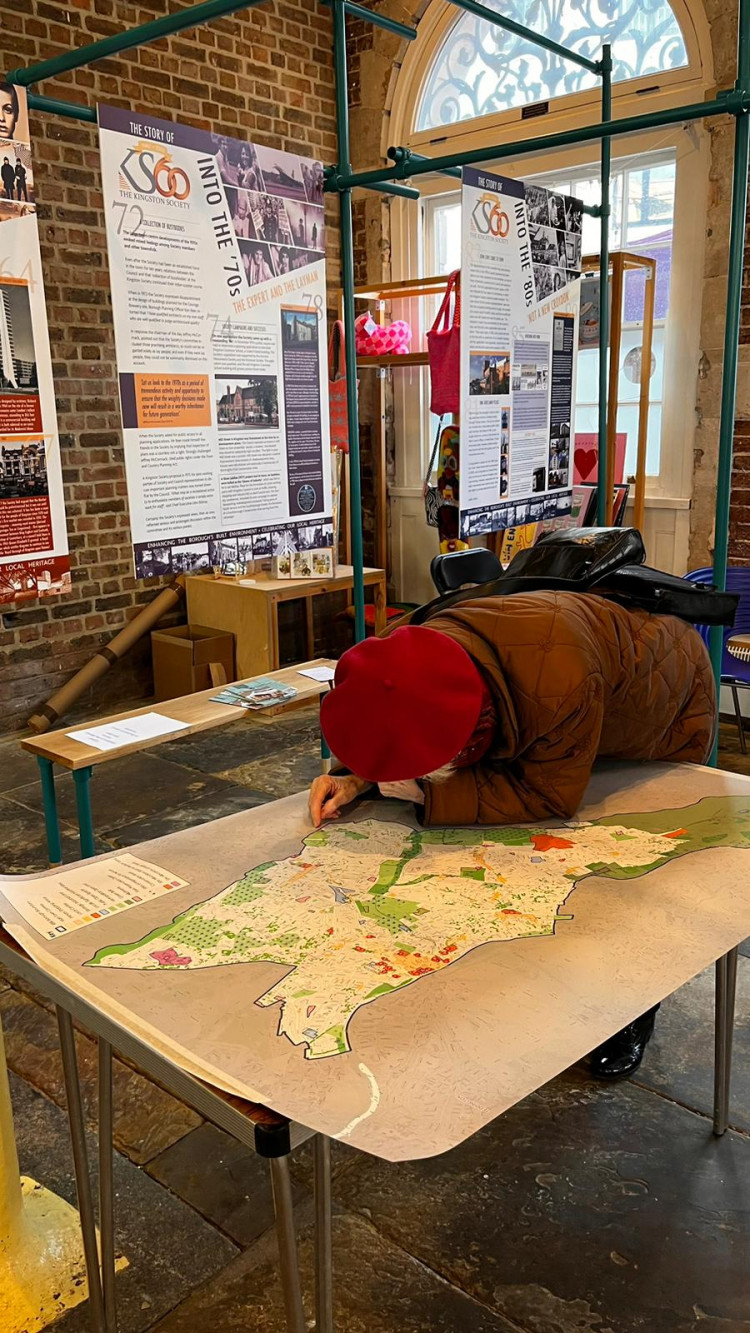
As Butterworth says: "To have really meaningful co-production and engagement about place in all its specifics you need to be there ... to maintain that human connection between the room, the people that visit and the wider place.” A hybrid model, such as the one adopted by Rochdale, is a pragmatic solution, as is Nottingham’s model of a physical pilot - a digital presence through the pandemic and now awaiting a physical site. For the Urban Rooms Network’s 28 core members, the barrier for many is finding a physical site.
Meanwhile they are preparing and galvanising research and enthusiasm - as at Cambridge where a recent ideas competition for a logo and concept was won by the Can1bridge studio of architecture practice Allies and Morrison. The plethora of vacant high-street shops might appear an ideal site solution but the reality turns out to be more complicated. The problem is not only getting hold of these spaces but having a sense of agency and keeping that on a sustained basis when you might have a precarious lease arrangement or lack the capacity to negotiate business rates.
The network helps with tactics, such as linking with charitable organisations for relief on business rates. Sheffield Live Works shows the practical value of this new typology for the high street, teaming up with social enterprise Aalfy’s maker space and creating a bridge between the academic and city community. Evidence of urban rooms’ positive impact is essential to further their cause.
The network is full of anecdotes of the emotional and physical benefits derived from community enhancements to new developments or the value of a mediator in an area of significant change, such as Castlegate, Sheffield. But another way to gauge the success of urban rooms is by the future funding they enable. For access to funding pots, such as the Levelling Up Fund or the Commonwealth Games cultural legacy pot, local places must demonstrate their priorities and needs over a long period (often years) through situated, authentic engagement.
Having an urban room was key to the Welsh town of Ruthin being well-placed to receive funding. After eight years of community visioning in its urban room, when the Levelling Up Fund called for projects to be submitted, Ruthin had six or seven ready to go. It benefited from investment due to work it had already done - unknowingly but in the best interests of the town.
Urban rooms have a crucial role to play in the meaningful and relevant spend and prioritisation of funding. Success can be measured but it might be too early to define what failure is. Of the 15 urban rooms that no longer exist, many were only intended as pilots or for a specific period and so can’t be classed as failures. Others whose physical premises fell through (some, like Nottingham, due to Covid) have moved to a website until they can return to a location.
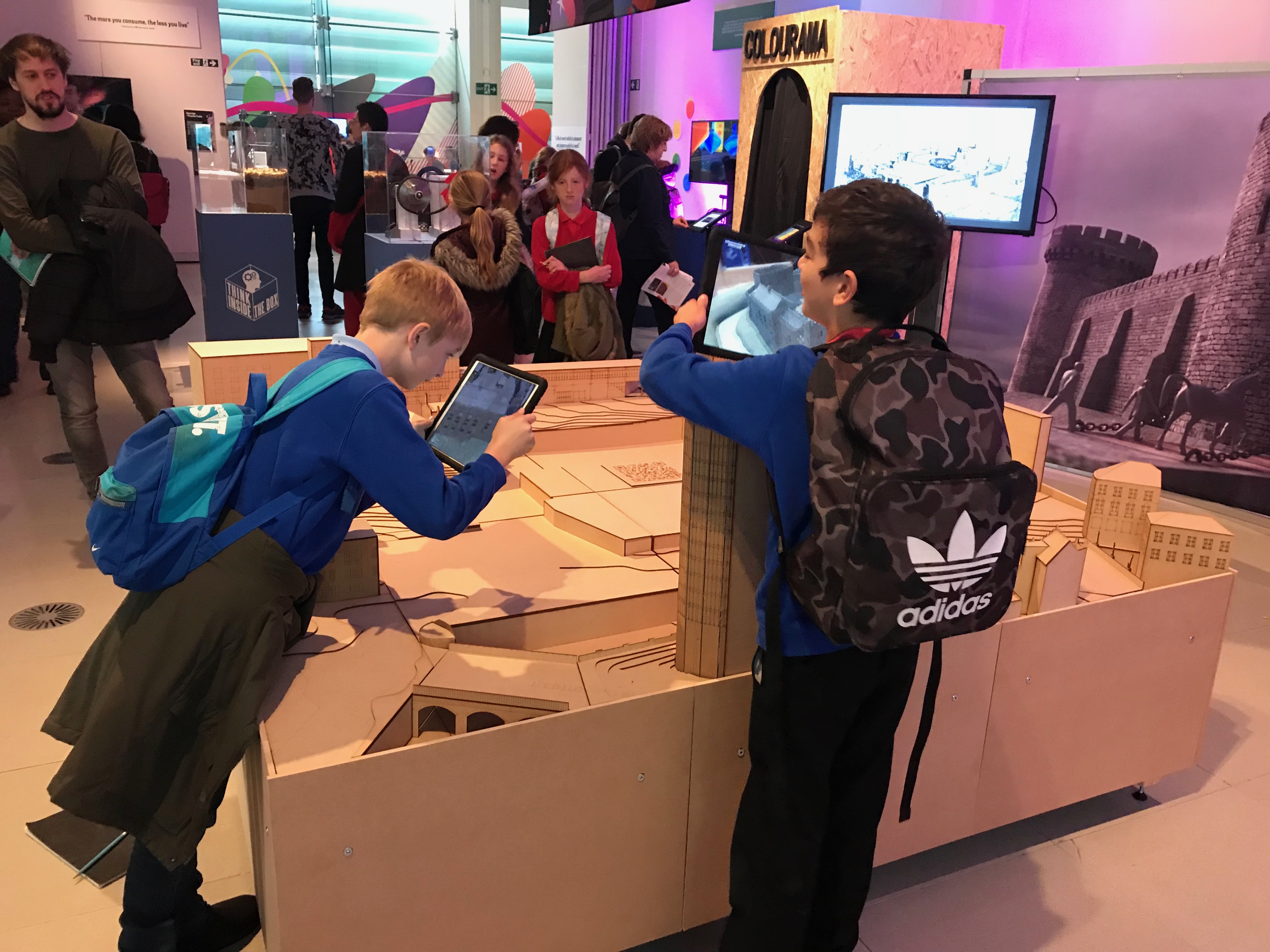
Asked about the Nottingham room’s closure, Alvarez says: "Maybe a room is not sustainable in its current form but that’s not failure. Did it achieve what we set out to? Yes. Did it last as long as we wanted? No.” The nature of urban rooms’ loose definition and therefore open interpretation makes it difficult to compare them. But the common theme in success is having an unwavering local custodian, a wide programme of events and continual ambition to do more, better.
For urban rooms to become the go-to town-centre forum for community engagement, they need to reach a critical mass. If every town centre had one, they would be somewhere people understood and knew about to visit, revisit and feel listened to. There is a toolkit, a network and a host of cross-sector enthusiasts. Sources of funding are available.
The government now needs to recognise their value and mandate them, perhaps through the Office for Place. As Dever puts it: "How are councils going to involve people in design codes as per the planning reform bill? Who is going to resource that in a meaningful way so that developers really have to take into account what makes sense locally? How can local communities leverage on Section 106 or other ways of bringing money into communities if they don’t know it’s possible? For relatively low investment there is a mechanism here that’s tried and tested, that could genuinely and meaningfully deliver on some of those needs."
Urban rooms could also play an important role in climate awareness. Butterworth points to the use of storytelling in many urban rooms for thinking positively about the future. "Storytelling about the past very quickly turns into storytelling about futures,” she says. "You can start to think about change, how people can cope and support each other through it, and feel agents of change rather than things just being done to them."
Internationally, other countries use and support many rooms in different ways. They are municipality-supported in Italy and focused around a city model in Singapore. Melbourne’s M-Pavilion is inspiring. Here an architect-design pavilion (the latest by Tadao Ando) is the centre for an annual festival. Once used, it goes on to be a community centre, just like an urban room, in the heart of a neighbourhood.
There are now five M-Pavilions. Imagine a parallel with the Serpentine Pavilions (there have been 22) and how the UK scene might be different if these had been relocated to neighbourhoods after their summer stint to become community centres and urban rooms. The steady increase in urban rooms has escalated post-Covid as local communities have gained a heightened awareness of connections to place, health and wellbeing and the changes happening in their towns.
The term "urban room" pops up frequently in reference to community participation but it needs to be less of a buzzword and more of a baseline infrastructure. This doesn’t mean that anyone can set up in a vacant shop and call it an urban room. As the network explains, they need to be values-driven and they require proper curation and facilitation.
Harriet Saddington is a writer and architect with a background degree in architectural history who works with architecture practices and developers with a focus on social impact
If you love what we do, support us
Ask your organisation to become a member, buy tickets to our events or support us on Patreon
Sign up to our newsletter
Get updates from The Developer straight to your inbox
Thanks to our organisation members
© Festival of Place - Tweak Ltd., 124 City Road, London, EC1V 2NX. Tel: 020 3326 7238
